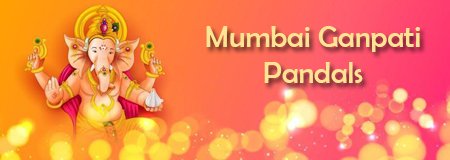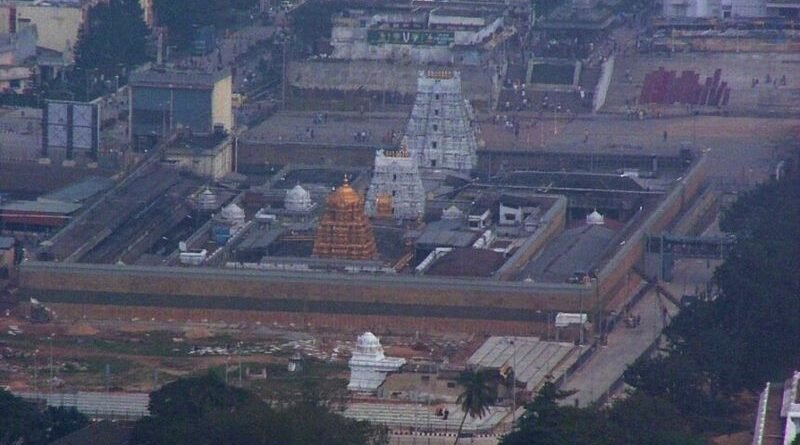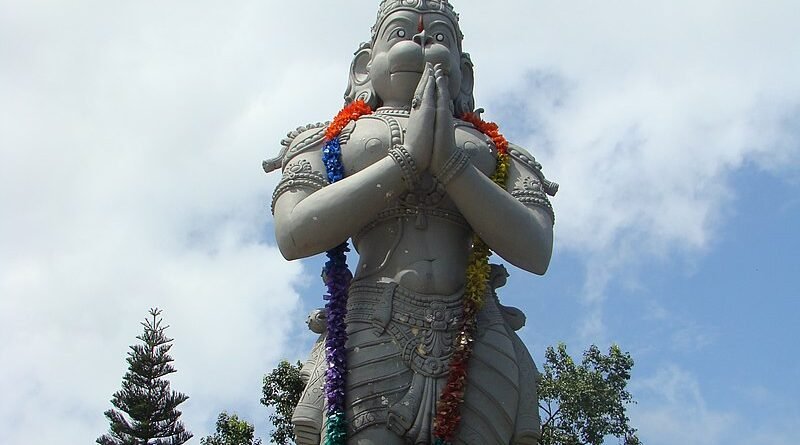Sri Venkateswara Swamy Temple/Tirupati Balaji Tirumala,Tirupati, Andhra Pradesh
The Sri Venkateswara Swami Temple is a Hindu temple situated in the hill town of Tirumala at Tirupati in Tirupati district of Andhra Pradesh, India. The Temple is dedicated to Venkateswara, a form of Vishnu, who is believed to have appeared on the earth to save mankind from trials and troubles of Kali Yuga. Hence the place has also got the name Kaliyuga Vaikuntha and the deity here is referred to as Kaliyuga Prathyaksha Daivam. The temple is also known by other names like Tirumala Temple, Tirupati Temple and Tirupati Balaji Temple. Venkateswara is known by many other names: Balaji, Govinda, and Srinivasa.
The temple is run by Tirumala Tirupati Devasthanams (TTD), which is under control of Andhra Pradesh Government. The head of TTD is appointed by Andhra Pradesh Government.
The temple is one of the Pancha Kshethram where Maha Lakshmi was born as Bhargavi – the daughter of Maharishi Bhrigu. The other four temples of the Pancha Kshethram are Sarangapani temple, Kumbakonam, Oppiliappan temple, Nachiyar Koil and Sundararaja Perumal Temple, Salem.
Tirumala Hills are part of Seshachalam Hills range. The hills are 853 metres (2,799 ft) above sea level and comprise seven peaks, representing the seven heads of Adisesha. The temple lies on the seventh peak—Venkatadri, on the southern banks of Sri Swami Pushkarini, a holy water tank. Hence the temple is also referred to as “Temple of Seven Hills”.
Tirumala town covers an area of about 10.33 sq mi (26.75 km2).
The Temple is constructed in South Indian architecture and is believed to be constructed over a period of time starting from 300 CE.The Garbhagruha (Sanctum Sanctorum) is called Ananda Nilayam. The presiding deity, Venkateswara, is in standing posture and faces east in Garbha Gruha. The temple follows Vaikhanasa Agama tradition of worship. The temple is one of the eight Vishnu Swayambhu Kshetras and is listed as the 75th Divya Desam. The Temple premises have two modern Queue complex buildings to manage the pilgrim crowd, Tarigonda Vengamamba Annaprasadam complex for free meals to Pilgrims, hair tonsure buildings and a number of pilgrim lodging sites.
It is one of the richest temples in the world in terms of donations received and wealth.
There are several legends associated with the manifestation of the deity in Tirumala. According to one legend, the temple has a murti of Venkateswara, it is believed, which shall remain here for the entire duration of the present Kali Yuga.
Temple legend
During Dvapara Yuga, Adishesha resided on earth as Seshachalam Hills after losing a contest with Vayu. According to Puranas, Tirumala is regarded as Adivaraha Kshetra. After killing Hiranyaksha, Adivaraha resided on this hill. Venkatachala Mahatyam is the widely accepted legend over Tirumala Temple.
During Kali Yuga, Narada advised some sages who were performing yagna to decide who could be given the fruits of yagna among Trimurtis (Brahma, Vishnu and Shiva). Bhrigu was sent to test the Trinity. The sage who had an extra eye in the sole of his foot visited Brahma and Shiva and went unnoticed in both these locations. He cursed Brahma to be not worshipped and Shiva to be worshipped as a lingam. At last he visited Vishnu and the lord acts as if he had not noticed Bhrigu. Getting angered by this act, sage Bhrigu kicked Vishnu in the chest, to which Vishnu did not react and instead apologised to the Sage by massaging his feet. During this act, he squashed the extra eye that was present in the sole of Bhrigu’s foot. However Lakshmi finds it as an insult since Vishnu’s chest was considered as Lakshmi’s residence (vakshasthala) and Bhrigu kicked it which indirectly insulted Lakshmi. She then left Vaikuntha and came to Earth to Kolhapur and started meditating.
Vishnu bore human form as Srinivasa, left Vaikuntha, in search of Lakshmi, reached the Seshachalam hills in Tirumala and started meditating. Lakshmi learned of the condition of Srinivasa and called Shiva and Brahma. Shiva and Brahma then converted themselves into Cow and Calf and Lakshmi had handed over the cow and calf to Chola king ruling over Tirumala Hills at that time. The Cow would provide milk to Srinivasa daily while it was taken for grazing. One day, a cowherd saw this and tried to beat the Cow with his staff but Srinivasa had borne the injury. Getting angered by this Srinivasa had cursed the Chola king to become a Demon as dharma says sins committed by servants (shudras) should be borne by Kings. The king prayed for mercy after which Srinivasa said to him, that the King should take next birth as Akasharaja and should perform marriage of his daughter Padmavati with Srinivasa.
Srinivasa went to his foster-mother Vakula Devi on Tirumala hills and stayed there for a while. After curse, Chola king took rebirth as Akasharaja and he had a daughter named Padmavati, who was born in the Padmapushkarini situated at present day Tiruchanur in Andhra Pradesh. Srinivasa married Padmavati at present day Narayanavanam in Andhra Pradesh and returned to Tirumala Hills. After few months, Goddess Lakshmi had discovered the marriage of Srinivasa with Padamavati and went to Tirumala hills to question Srinivasa. Srinivasa, unable to bear the quarrel between Lakshmi and Padmavati, turned into stone right when he was encountered by Lakshmi and Padmavathi. Brahma and Shiva appeared before the confused queens and explain the main purpose behind all this – The Lord’s desire to be on the seven hills for the emancipation of mankind from the perpetual troubles of Kali Yuga. Goddesses Lakshmi and Padmavathi also turn into stone deities expressing their wish to be always there. Lakshmi stays with Him on His Chest on the left side while Padmavathi rests on His Chest’s right side.
History of the temple
Medieval history
The first recorded endowment was made by Pallava queen Samavai in the year 966 CE. She donated many jewels and two parcels of land (one 10 acres and other 13 acres) and ordered to use the revenues generated from that land for the celebration of major festivals in the temple.The Pallava dynasty (9th century), the Chola dynasty (10th century), and Vijayanagara pradhans (14th and 15th centuries) were committed devotees of Venkateswara. The temple gained most of its current wealth and size under the Vijayanagara Empire, present-day Karnataka state, with the donation of diamonds and gold.In 16th century, Vijayanagara Emperor Krishnadevaraya was a frequent donor and visitor to the temple. His donations of gold and jewels enabled the Ananda Nilayam (inner shrine) roofing to be gilded. On 2 January 1517, Krishnadevaraya installed his own statue in the temple.
After the decline of Vijayanagara Empire, rulers from states such as the Kingdom of Mysore and the Gadwal Samsthanam worshipped as pilgrims and donated ornaments and valuables to the temple.[citation needed] Maratha general Raghoji I Bhonsle set up a permanent administration for the conduct of worship in the temple. He donated valuable jewels to the Lord which are still preserved in a box named after him.
Between 1320 CE and 1369 CE, idols of Ranganathaswamy Temple, Srirangam were brought to this temple for safe keeping.

















